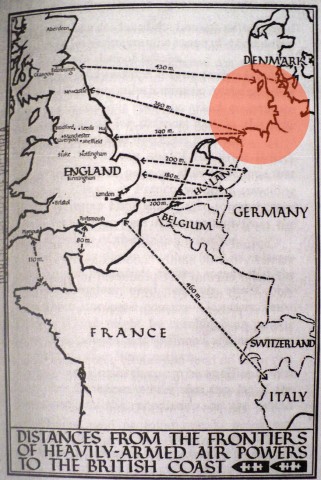Michael Kerrigan. World War II Plans That Never Happened, 1939-1945. London: Amber Books, 2011.
As a historian, I'm probably not supposed to like counterfactuals. There are very good reasons for this. It's hard enough to reconstruct what did happen without worrying about what didn't. There are no minutes from meetings which never took place, no diaries from people who didn't exist, no newspaper reports of events which never happened. The further you depart from our timeline, the more speculation you indulge in, the more pointless it seems: thinking about the Roman Empire undergoing a steam-powered industrial revolution is fun, but what does it tell us about, well, anything to do with reality? And if objectivity is impossible to achieve when doing history, alternative history is prone to wish fulfilment and outright fantasy.
And yet I think counterfactuals can be useful. There is so much we don't know about the past, so much that we cannot now recover, but in one important sense we know more than the people we study: we know what happened in their future. Our histories of the Soviet Union, for example, will forever have to take into account the fact that it dissolved in 1991, something which nobody knew in 1917, 1921, 1945 or 1968. That makes it hard for us to truly understand how people thought about the future and, crucially, how that affected their decisions and actions in the present. Considering counterfactual scenarios can help restore this sense of contingency, of uncertainty: what did happen was not necessarily what had to to happen. Or even likely to happen. Besides, historians implicitly indulge in counterfactual thinking all the time: whenever we single out some event or person or institution as important in whatever way, we are effectively saying that if it that event hadn't happened, or if that person hadn't existed, or if that institution hadn't been created, then history would have been significantly different (for whatever definition of 'significant' works for you).
Read the rest of this entry »






Comments
Erik Lund, Urban Garlic, Neil Datson, Gavin, Urban Garlic
JDK, Neil Datson, Chris Williams, Neil Datson, Dan, Chris Williams [...]
Brett Holman, JDK, Brett Holman, JDK
Brett Holman, Chris Williams, Brett Holman, Brett Holman, Alan Allport
Airminded · Tuesday, 27 September 1938, Brett Holman, Don Smith, November Fifth
Brett Holman, dr Hamidzeb khan, Brett Holman, Dr.Hamidzeb Khan, Ralph, Brett Holman [...]
Airminded · Perth, Airminded · Not all of me shall die, Don Smith, Brett Holman, Jakob, JDK [...]